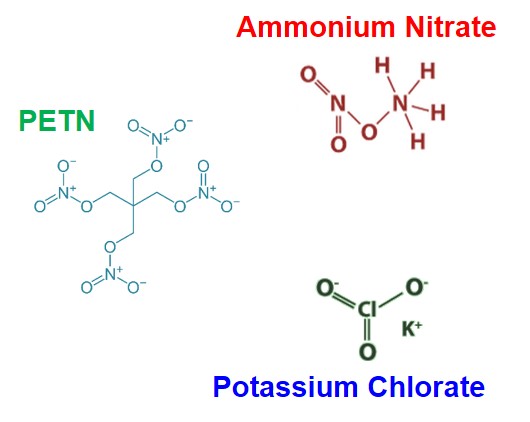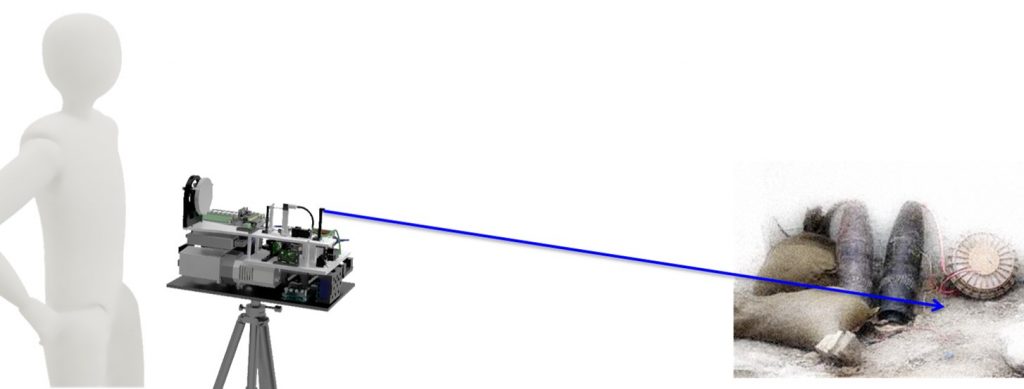469.573.1496


Standoff detection of explosives and chemical agents is a challenging problem because several complex interferent materials are co-present with minute quantities of explosive residues in the field. Detection instrument needs to show
Raman spectroscopy produces narrow spectral features that are unique fingerprints of molecules. This allows high specificity during explosives detection or identification. Deep Ultraviolet Resonance Raman Spectroscopy (DUVRRS), spectroscopy performed in the region with electronic resonances (below 250 nm for most explosives), has very high signal strengths and no interference from laser induced fluorescence or solar background.


Raman cross-sections of a number of materials are known to show several orders of magnitude enhancement when excited in the DUV compared to the visible and infrared spectral regions due to the presence of DUV absorption bands. The fourth power dependence of Raman cross-section on the excitation frequency further enhances the cross-section. On the downside, DUV radiation is less able to penetrate, and is more easily absorbed, in solid samples compared to visible and infrared wavelengths. These negative effects are easily compensated for by the large cross-section increase (due to resonance and λ-4 dependence), resulting in two or more orders of magnitude net signal enhancement for optically thick trace residues.

Dual Sense has partnered with the High Technology Foundation to develop DUVRRS based explosive and chemical agent detection systems that are compact for man-portable/robot mounted operations.